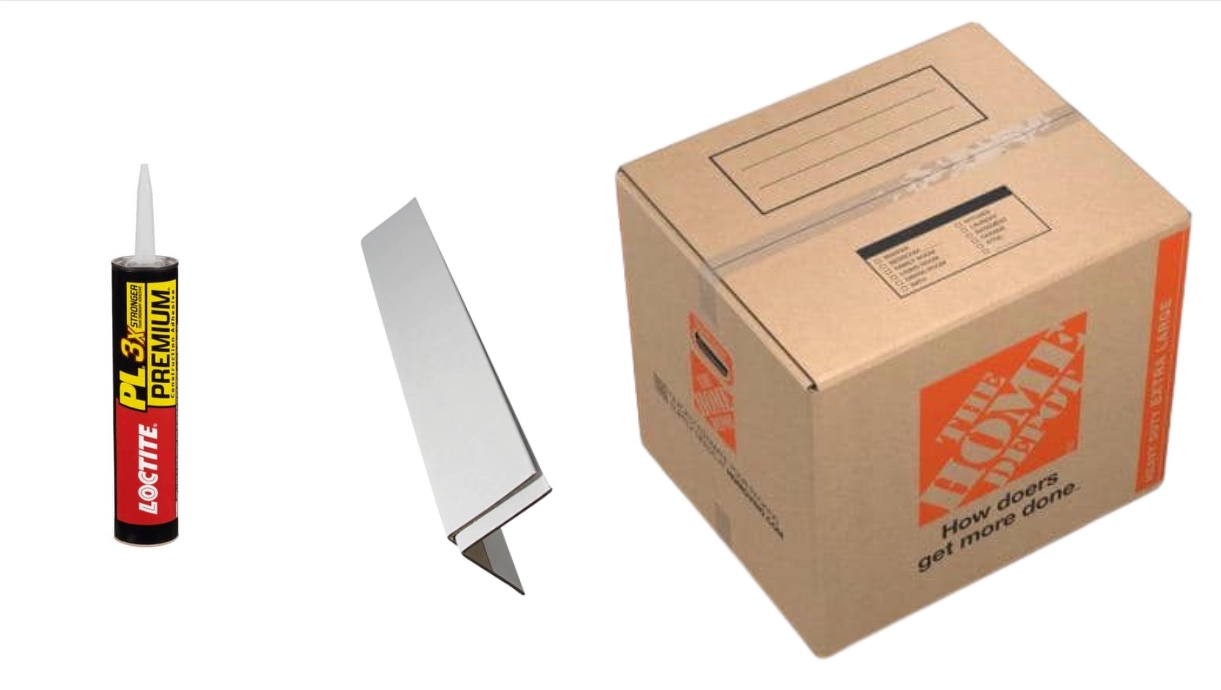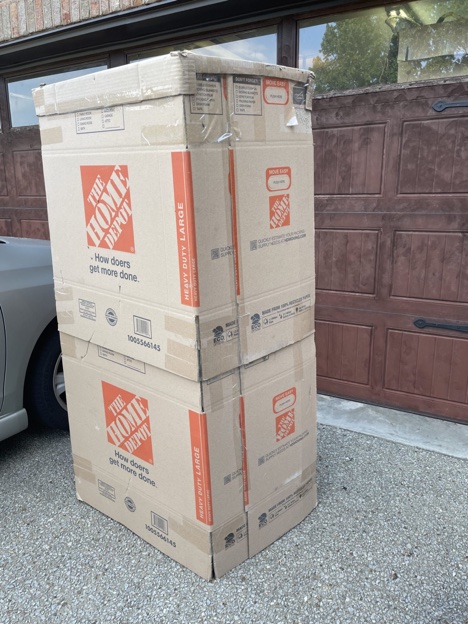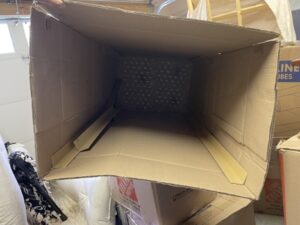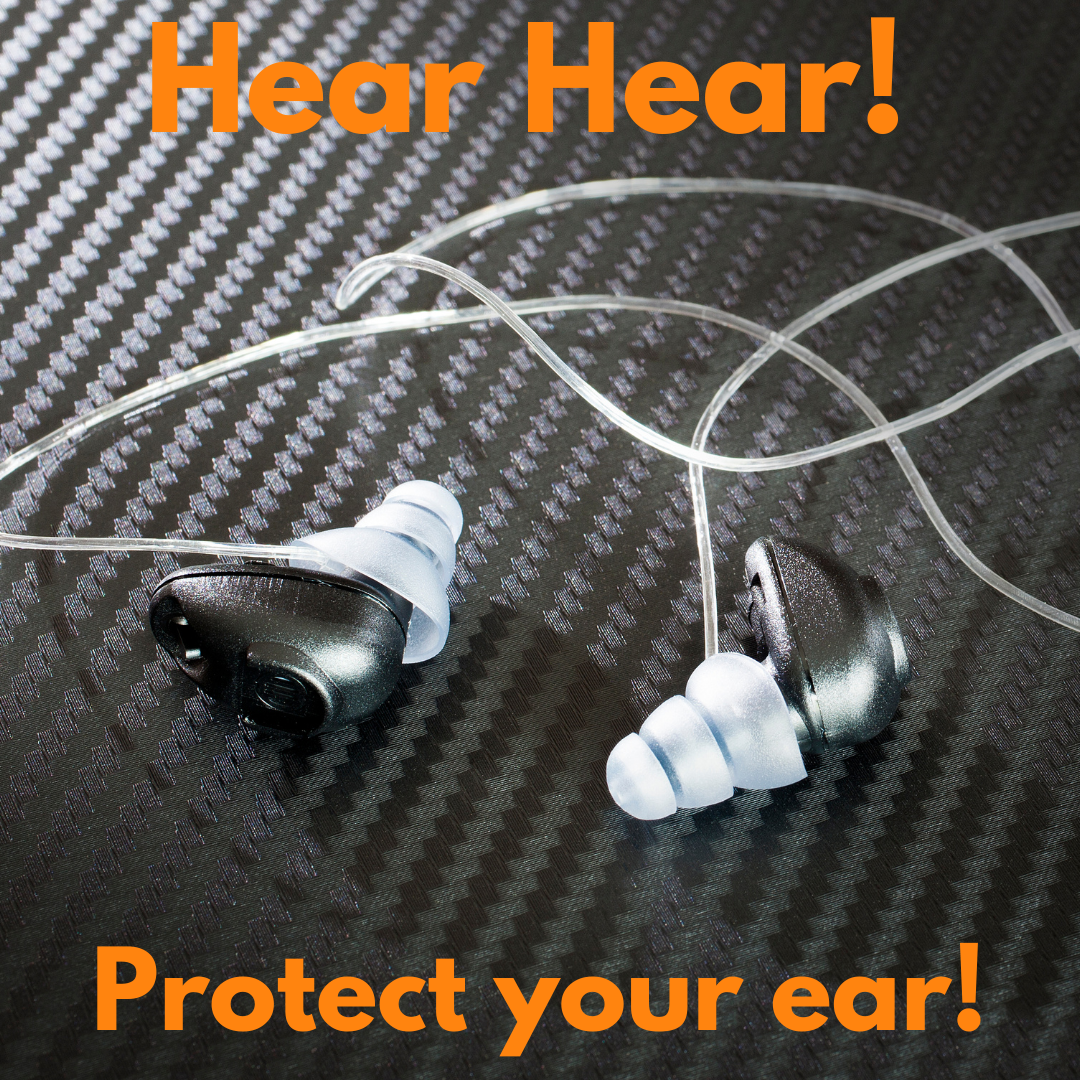Moving an Upright Bass… or how our Contrabasses went from being walking basses to riding (in a truck) basses!
When we moved all our belongings from California to Tennessee in 2021, one of our biggest worries was our instruments. Most have sturdy cases, but not our upright basses. We don’t have travel safe hard cases for them and we couldn’t find a moving box designed for a large upright bass. In a moving truck, you can put in dividers and baffles but they are not 100 percent reliable. And a large acoustic instrument is too delicate even with great dividers. We had nightmares of our two upright basses being crushed by dozens of boxes should the truck make too sharp a turn or take a speed bump too fast forcing the contents to shift.
Getting Creative – Moving your Upright
Bass #1 was laid to sleep comfortably inside a flotation tank we own. We just padded the tank with clothes and bedding and plopped the bass right in the middle and closed the lid on top. It floated comfortably for the 2000 mile ride safely and arrived veerrry relaxed. But not everyone has a flotation tank…
But that still left us without a solution for bass #2 – and what we came up with may be of interest to you if faced with the same dilemma:
Wolf did a bit of research, applied some basic math and came up with a beautiful (in the DIY sense) and surprisingly cheap solution – he built an upright bass case from scratch using moving boxes, reinforcement edges and a whole bunch of glue!
Step 1:
Put the bass into its soft case. (If you have a proper flight case you can skip to the end. I fly with my Eminence bass that breaks down into a golf cart that’s safe to be checked with luggage, but that is a post for another day!)
Step 2:
Buy four extra-large-sized Heavy-Duty (simply means they’re made from a double layer of cardboard) moving boxes from Home Depot or similar local home improvement store.
Pick up strong glue while you are there (we used a Loctite adhesive that stated compatibility with cardboard), a bunch of bubble wrap and some Cardboard Edge Protectors, like these:
(Tubeequeen Cardboard Edge Protectors, White – Reinforced V-Board Edge Guards for Pallets)
These add to the stability of the box (objects in photo not to size):

Step 3:

Cut out one of the long sides of the 4 boxes. Keep the pieces to use as the bottom and to reinforce the box where you want to. Measure the thickest part of your bass (at the bridge), then glue the boxes together as shown in the picture, making sure to leave some room for padding around the bass. (So the resulting box will be ~2-4” deeper than the depth of your bass.)
Notice that the flaps for the box lids are straightened out – this lengthens the box and holds up fine once glue and tape are applied.
To keep the pieces in place while glueing and to aid a good bond, I glued one side – put it on the floor on put some weights on top. This turned the whole endeavor into a multi-day project (but only taking about 30 minutes each day) but well worth the effort to ensure a solid bond and sturdy container.
Step 4:
I reinforced all seams with ample packaging tape. Then glued the cardboard edge protectors into the inside corners. I had to get creative with various weights to hold the pieces in place while the glue was drying. Dumbbells and other workout tools came in handy.
Step 5:
The bottom can be pieced together from the cut out side pieces. I used a piece from a different, extra large cardboard box

From the bass’ point of view:
I put the endpin all the way inside the bass (or you can remove it completely), so as to not add to the height of the box.
The finished box is about 5’ high. This does not fit the bass entirely – the head will stick out a bit. So you’ll have to store it in your truck accordingly – with nothing on top. The box protects the bass from side impacts and keeps it standing… uhm, upright. Make sure that it is surrounded by other sturdy things like other boxes or big items that are securely stacked so they won’t tumble.
Fill all the empty space in the box with foam, bubble wrap or other packaging materials – or even clothes, pillows, or blankets. This will cushion the bass from being jostled about when the road gets bumpy and help absorb potential impacts during the journey. Do make sure there isn’t any extra pressure on the area of the bridge. I think it’s a good idea to leave the strings on; just lower the tuning by a half step or so. That helps make sure the soundpost stays in place.
Important Note: I would not use this box if I didn’t have control over how it is placed in the truck. I have read from one bass builder that he uses a similarly constructed box to mail his basses with companies like UPS or FedEx, but I would not trust this box to the whims of these shipping companies.
Regarding roads: Thankfully, moving companies using interstate highway trucks have to use highways for their routes, which keeps the bumpiness in check for the majority of the journey.
Conclusion
Both of our basses made it safely across the 2000 miles! It was a bit of a nail-biter, I will admit to that. When we moved the basses from Austria, we had proper wooden cases built by a carpenter but of course, we hadn’t kept these bulky wooden boxes over the years. But that would be the best way to do it. If you run out of time because the move is imminent and you are in the middle of a book release and an Indiegogo-Campaign, this is the next best thing for moving your upright!
Disclaimer
Your mileage may of course vary (literally!), and I am hereby issuing this waiver of liability. For us, this worked really well, but I would not use this box if I didn’t have full control over how it is placed in the truck. The box was upright and the moving truck was packed to the gills like tetris… which is an important factor as well. No empty spaces that would allow boxes and stuff to move around and squash the bass!
I got the idea for using such a box from a luthier who claims to ship basses in similar boxes via UPS, but I would not feel comfortable trusting a box like this to the vagaries of a shipping company. But for circumstances where one has reasonable control over how the box will be packed into a truck, handled with care and not subject to the moods of anonymous packing folk, this can work well and will save you hundreds – and potentially save your upright from a trip to the ER!








